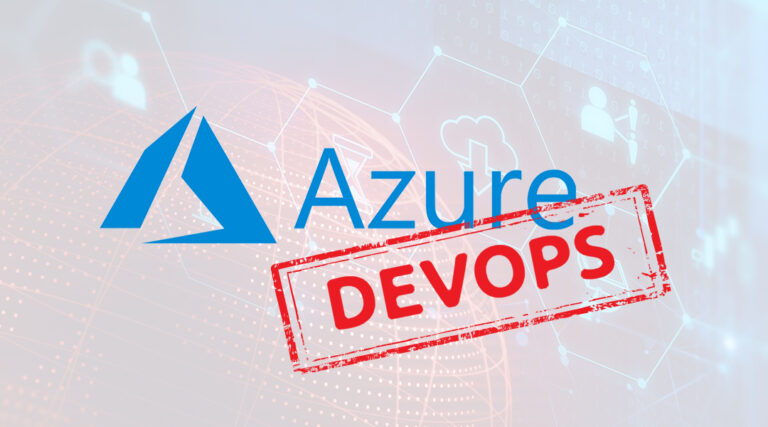
Just over six months after launching Azure DevOps, Microsoft will give users the opportunity to see how it’s working for them in the shape of an analytics suite to track what is actually happening with their projects.
The launch of the analytics service brings a range of optional widgets to users’ dashboards, to show them how their projects are progressing – or not as the case may be.
As Microsoft puts it, “The Analytics service is enabled for all Azure DevOps Services projects and automatically populates itself with all available Azure DevOps data. Once populated, it updates itself as data changes occur.”
Microsoft’s announcement lists seven configurable widgets which can be added to the dashboards, with a focus on work and time.
So, a Burndown widget highlights remaining work on a project, and works across “multiple teams and multiple sprints”. Likewise, the Burnup widget shows the trend of “completed work across multiple teams and multiple sprints”. A number of metrics are available, including “total scope increase”, and, crucially, “projected completion date”.
The Cumulative Flow Diagram widget shows the count of work items over time for each column of a Kanban board, which should enable managers to spot bottlenecks – ideally before they become a problem.
Other widgets cover cycle time, lead time, and velocity. The latter promises to “help you learn how much work your team can complete during a sprint”, with velocity measured by “story points, work item count, or any customer field”.
Lastly, a Test Results Trend (Advanced) widget tracks the test quality of users’ pipelines over time, delivering info on tests, pass rates and test duration.
If the dashboarding options aren’t enough, the service also integrates with Microsoft’s Power BI service, which promises to deliver stunning visuals. You can also query the data in the analytics service using Microsoft’s OData service.
All the above applies to Azure DevOps as a service. The features will be in preview on Azure DevOps Server, before going into GA with the next release.
If your head is spinning with all this daily tracking of sprints, tests and the rest, you might be interested to know that Microsoft is also taking into account much longer time frames. At least as far as its Japan-focused users are.
The country’s emperor will hand over to his successor at the end of this month, a transition which means it changes from the Heisei to the Reiwa – or beautiful harmony – era. Microsoft said it will support the name chance “within the support lifecycles that are affected”, with production updates coming in phases, “which may take up to a few months to fully complete”.
